
Reading Time: 9 minutes
Why write a post about towing an EV? In the future electric vehicles will be autonomous and self-charging.
This may be true in times to come, but what about right now? After all, if you live in a place with no sun, or no electricity, right now, you’re doomed!
Your solution is found in either towing an EV, or an even better solution. Auto shipping may be your answer. Read on to learn how car shipping can save you from towing your EV behind an RV!

The Fact and Fiction About Towing an EV
There are a few things to keep in mind when towing an electric vehicle. The article EVs and towing explores the options and possibilities of towing with an EV. Before we unhitch how far EVs can go on limited sun, and more, let’s sort out the myths from reality.
Here are 3 facts and 3 misconceptions about towing EVs.
3 Myths About Towing an Electric Vehicle

Towing an EV requires a special type of trailer
Some manufacturers may have specific guidelines or recommendations on what types of trailers to use when towing their electric vehicles. However, a standard tow trailer can usually be used for EV towing. At the same time make sure that it is properly secured and connected to the tow vehicle.

When you tow an EV it will drain the battery quickly.
will not be using its electric motor while it is being towed. Yet, it is recommended to check the battery level before towing. Another keypoint is to have a plan for recharging the battery if necessary.

Towing an EV will void the vehicle’s warranty.
EV Towing will not void the warranty, as long as it is done according to the manufacturer’s guidelines and recommendations. It is important to check the owner’s manual or contact the manufacturer. By all means make sure that the vehicle can be safely towed without voiding the warranty.
3 Facts About How to Tow an EV

Towing an EV with the wheels on the ground is not recommended.
It can cause damage to the drivetrain because the electric motor and transmission are connected. Subsequently, if the wheels are turning while the vehicle is being towed, it can put stress on the drivetrain components. On the negative side, this causes damage.
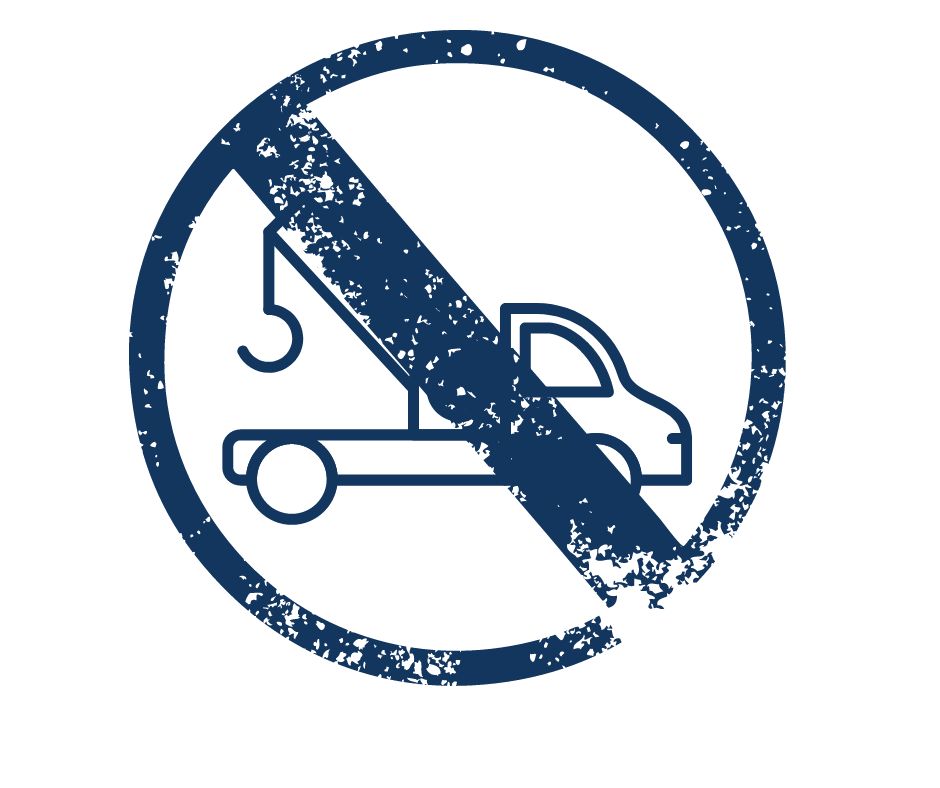
Not all electric vehicles can be towed.
Some manufacturers do not offer factory-approved towing options for their electric vehicles. Therefore it is important to check the owner’s manual or with the manufacturer before attempting to tow an electric vehicle. Models may have different specifications and guidelines.

Requires proper connection and securing.
Properly connect and secure the electric vehicle to the tow vehicle to prevent any damage while in transit. Following this, make sure the vehicle is properly attached to the tow hitch and that all straps and chains are tight and secure. It is also important to check the owner’s manual/manufacturer for any specific guidelines or recommendations.
How Much Sun Does an EV Need to Charge Properly?
An electric vehicle (EV) can be charged using a variety of methods, such as charging stations, wall outlets, and even solar panels. However, the amount of sun required to charge an EV properly depends on the type of solar charging system being used, as well as the size of the battery in the vehicle.
To charge an EV using a solar panel, the panel would need to be connected to a charge controller and inverter, which would convert the solar energy into the necessary voltage and current for the EV battery.
The charging speed of the EV will vary based on the size of the solar panel array and the efficiency of the charge controller and inverter. A larger solar panel array and a more efficient charge controller and inverter will result in a faster charging speed.
It is important to note that solar charging is not a fast charging method, it is more appropriate for slow-charging during the day and overnight. It could be a good option for those who have access to a reliable source of sunlight and want to use it to supplement their EV charging.
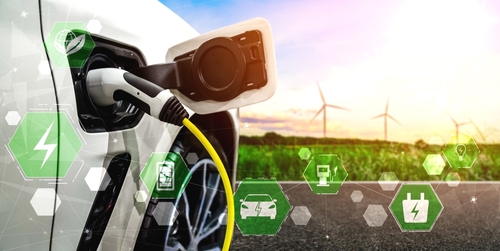
How Far Does an EV Drive on a Charge?
The distance an electric vehicle (EV) can drive on a single charge is known as its range. Range can vary widely depending on the make and model of the vehicle. Furthermore, take note of how the vehicle is being driven, and the conditions it is being driven in.
The range of an EV is typically measured in miles or kilometers and is reported by the manufacturer. The range can be affected by these factors.
- Weather
- Terrain
- Use of accessories like air conditioning or heating
On average, most EVs have a range of around 250 miles per charge. Even so, some models have a range of over 300 miles. Smaller, less expensive EVs may have a range of around 100 miles per charge. Still, there are long-range electric cars currently available on the market that have ranges of over 400 miles.
It is important to note that the range of an EV can also be affected by how the vehicle is being driven. Aggressive driving and high speeds can reduce the range of an EV. On the contrary, more efficient driving habits can help to increase the range.
What if it Snows at My Destination When I Drive My EV There?
Driving an electric vehicle (EV) in snowy or icy conditions can present some challenges. Yet, with proper planning and preparation, it is possible to safely reach your destination. Here are a few things to keep in mind when driving an EV in snowy or icy conditions.

Check the weather forecast
Before setting out on your trip, make sure that the conditions will be safe for driving. If the forecast is calling for heavy snow or icy conditions, you may want topostpone your trip until the weather improves.

Plan your route
Make sure you plan your route in advance. Take into account any potential weather-related road closures or detours. Also, try to avoid steep inclines or declines. They can be challenging for EVs in snowy or icy conditions.
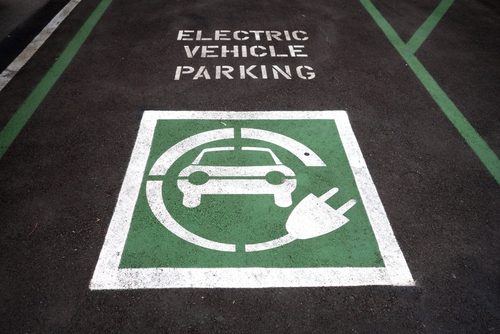
Keep your battery warm
Cold temperatures can affect the performance of an EV’s battery, So it’s important to keep it as warm as possible. You can do this by preheating the battery before setting out on your trip, or by parking in a warm, enclosed space.
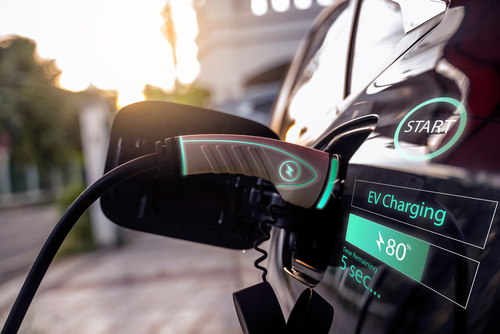
Charge your EV fully
Make sure your EV is fully charged to ensure you have enough range to reach your destination.
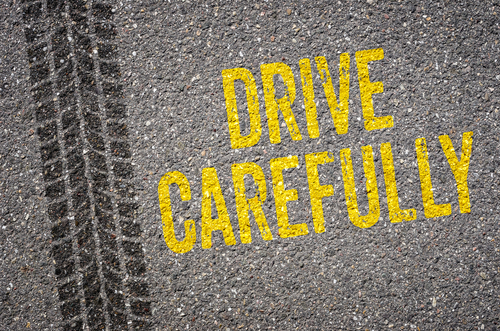
Drive cautiously
When driving an EV in snowy or icy conditions, it’s important to drive cautiously and take it slow. Avoid sudden accelerations or braking. Furthermore, increase your following distance to give yourself more time to react to any potential hazards.
Check with the EV manufacturer recommendations on how to drive in snowy conditions. Certain EVs have different features and capabilities that could help in this situation.
How to Charge an EV if There’s No Sun/Electricity?
Charging an electric vehicle (EV) can be a challenge if there is no access to sunlight or electricity. However, there are a few alternative methods that can be used to charge an EV in these situations.
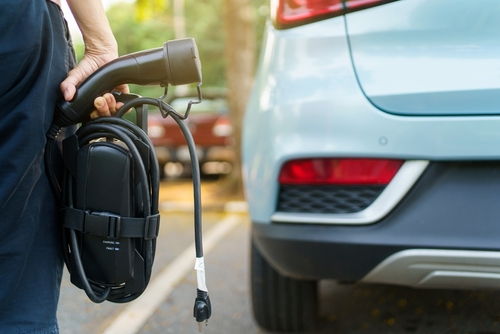
Portable EV charging units
There are portable charging units available that can be used to charge an EV battery. They use a variety of power sources, such as a generator or even a portable solar panel. These units can be useful in remote or off-grid locations.
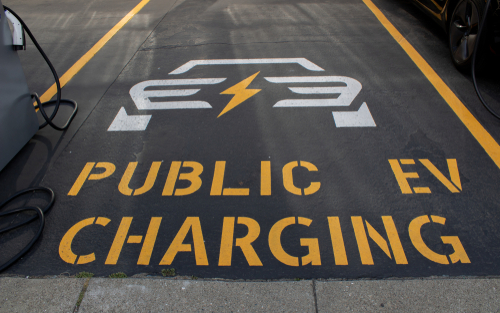
Charging at public charging stations
Many public charging stations are equipped with backup generators to ensure that charging is available even during power outages. It’s important to note that during a power outage, the charging stations may become overcrowded. The result is it could take longer to charge your vehicle.

Charging at home with a generator
to charge their vehicles at home during power outages. This can be an effective solution. Still, it should be done with caution to avoid any potential safety hazards.
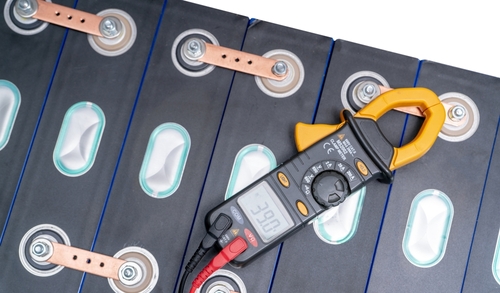
Battery Swapping
Some EV models have the option to replace the battery quickly at designated battery swap stations. This is a faster alternative to charging the vehicle.
When Towing an EV is the Only Option
In some cases, towing the EV to a location where charging is available may be the best option. However, it’s important to check with the vehicle’s manufacturer. Make sure that towing an EV won’t damage the drivetrain or void the warranty.
It’s important to keep in mind that these alternative methods may not be practical or feasible in all situations. It is best to plan ahead and be prepared for possible charging disruptions.
What Other Options to Move an EV That is Not Charged?
What can I do if my EV is not charged and I need to move it? Here are a few options that you can consider.

Towing an EV
Towing an EV for fast charging to a location where charging is available may be the best option. However, it’s important to check with the vehicle’s manufacturer to ensure that towing the EV won’t damage the drivetrain or void the warranty.

Battery Swapping
Some EV models have the option to replace the battery quickly at swap stations.

Push or Pull
If the vehicle is not too heavy, the vehicle can be pushed or pulled to a location where charging is available.
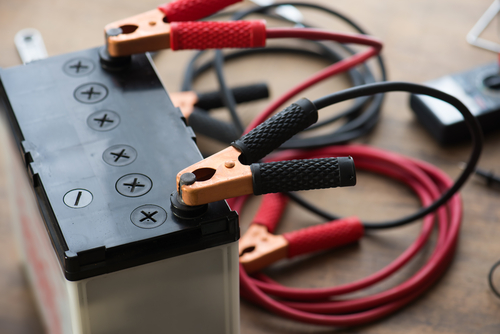
Jumpstarting
If the vehicle is not too heavy and not too far away, an electric vehicle jump starter can be used to charge the vehicle battery.

Flatbed Towing an EV
Flatbed towing is another option, where the vehicle is loaded onto a flatbed truck and transported to a location where it can be charged.
Ship Your EV vs Towing an EV
Ultimately, the decision between shipping your EV or towing it will depend on your individual circumstances and preferences. It is recommended to check with the manufacturer guidelines to see if they have any specific recommendations. Remember to consider the cost, safety, time, and convenience.
Both shipping and towing an EV have their own benefits and drawbacks. Here are a few things to consider when deciding whether to ship your EV or tow it.

Distance | Towing with an EV
If you’re planning to travel a long distance, shipping your EV may be the more practical option. This is because towing an EV for a long distance can put a significant amount of wear and tear on the drivetrain. Consequently it may not be covered under the vehicle’s warranty.

Convenience
Shipping your EV can be more convenient. You don’t have to worry about driving the vehicle or dealing with any issues that may arise while towing it.

Cost
The cost of shipping an EV can vary depending on the distance and the size of the vehicle. Towing an EV can also be costly, especially if you’re traveling a long distance.

Safety
Shipping an EV via a professional carrier is likely to be the safer option. The vehicle will be loaded and transported by experienced professionals who are familiar with the proper handling and safety procedures.

Time
Towing an EV is likely to take longer than shipping it. You must account for the time spent driving to your destination. Shipping an EV, on the other hand, can be quicker and more efficient. The vehicle is transported directly to its destination.
Would you drive a micro car? Check out our latest post to find out more.




